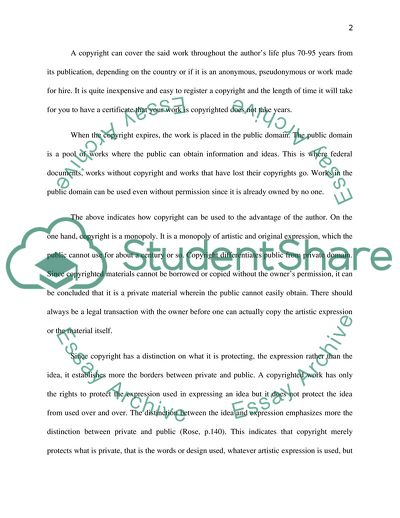Cite this document
(The Copyright Law Definition Report Example | Topics and Well Written Essays - 1500 words, n.d.)
The Copyright Law Definition Report Example | Topics and Well Written Essays - 1500 words. https://studentshare.org/law/1734784-copyright
The Copyright Law Definition Report Example | Topics and Well Written Essays - 1500 words. https://studentshare.org/law/1734784-copyright
(The Copyright Law Definition Report Example | Topics and Well Written Essays - 1500 Words)
The Copyright Law Definition Report Example | Topics and Well Written Essays - 1500 Words. https://studentshare.org/law/1734784-copyright.
The Copyright Law Definition Report Example | Topics and Well Written Essays - 1500 Words. https://studentshare.org/law/1734784-copyright.
“The Copyright Law Definition Report Example | Topics and Well Written Essays - 1500 Words”. https://studentshare.org/law/1734784-copyright.


